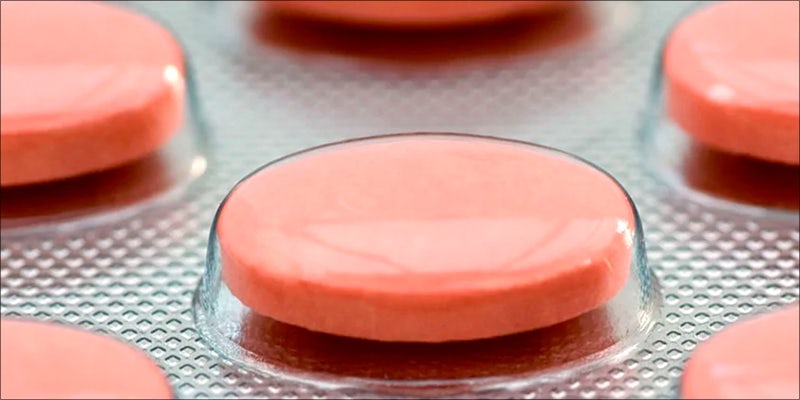
Photo Credit
Camphene: The Cannabis Terpene That Fights Cardiovascular Disease
The most impressive medical characteristic of Camphene is its ability to decrease cardiovascular disease by lowering cholesterol and triglycerides.
Terpenes are the medicinal molecules found in cannabis (and thousands of other plants) that produce such an intense aroma. Originally thought to provide only olfactory stimulation, modern research has proven that these chemical components deliver as much medical benefit as the major cannabinoids found in cannabis, tetrahydrocannabinol (THC) and cannabidiol (CBD).
Camphene: Aroma + medical efficacy

Cannabis terpenes are divided into two major categories, major and minor. The major group is comprised of the most common examples, including myrcene, pinene, limonene, and linalool. All of these major terpenes have been found to do things like fight cancer and reduce systemic inflammation.
One of the most important of the more than 150 minor terpenes that may appear in cannabis is camphene. This terpene conveys the aroma of fir needles and damp woodlands, often giving one the perception of musky earth (making it easily confused with the most common cannabis terpene, myrcene).
More important than its aroma is the fact that camphene – like the major terpenes – conveys powerful medicinal qualities, especially for particular patient profiles. When mixed with Vitamin C, camphene becomes a powerful antioxidant.
It has also (often in traditional medicine) been used as a topical in the treatment of bacterial and fungal infections, including skin diseases such as eczema, psoriasis, and athlete’s foot.
Commercially, camphene is widely employed as a food additive for flavoring. It is also infused into products such as topical creams and perfumes for fragrance. At an industrial scale, camphene is sometimes derived from one of its major terpene cousins, pinene.
Camphene’s most impressive medical characteristic, however, is its ability to decrease the incidence of cardiovascular disease by lowering the levels of cholesterol and triglycerides in the blood. This capability spotlights how cannabis medicine can act as a preventative therapy in the maintenance of health and wellness.
The 2001 study

A 2011 study published in the journal PLOS One demonstrated a connection between camphene and significant reductions in cholesterol and triglycerides in blood serum. Cholesterol and triglycerides are two of the chief causes of heart disease, including heart attacks and strokes.
Proving the specific efficacy of individual terpenes, the researchers tested other terpenes, including pinene, beta-caryophyllene (BCP), linalool, and myrcene. It was found that none of these terpenes had the ability to lower blood cholesterol and triglycerides like camphene. The study’s researchers concluded,
Given the critical role that the control of hyperlipidemia plays in cardiovascular disease, the results of our study provide insights into the use of camphene as an alternative lipid lowering agent and merits further evaluation.
Better than pharmaceutical drugs

Studies of this type prove the efficacy of the individual components of some strains of cannabis and their ability to replace traditional pharmaceutical drugs and treatments. This includes addictive opioids that are characterized by a slew of negative side effects (none of which are delivered by camphene or any other terpene).
For example, one of the most common treatments given patients suffering high cholesterol is statins. While statins are, in most cases, effective in lowering cholesterol levels, they also carry a list of negative side effects, including joint pain and muscle weakness.
Although rare, the statins frequently used to prevent heart disease can cause rhabdomyolysis, a life-threatening disease that can cause failure of the kidneys and liver. Statins can also cause patients to suffer diarrhea, cramping, and headaches.
Although more research is needed, terpenes like camphene may be a major component of future therapies intended to decrease the risk of heart disease in humans. Given the fact that it conveys no additive characteristics and zero negative side effects, medical professionals are increasingly seeking solutions such as the terpene camphene in cannabis in the treatment of their patients.
Herb Recommended Products:
READ MORE










